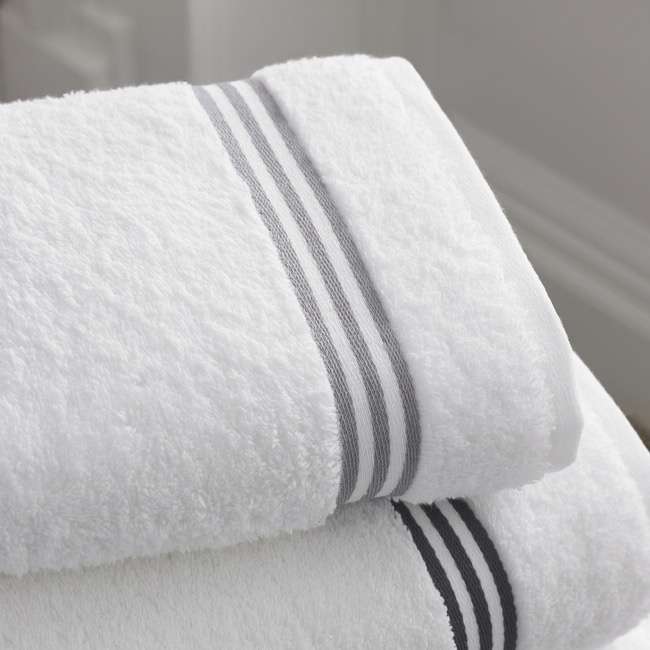
White textiles are part and parcel of the hotel experience, reassuring guests of cleanliness, freshness, and comfort. Image Source: Pexels user Karolina Grabowska
White holds a special place in the textile industry, where it is considered the gold standard for linens produced for hospitality and healthcare environments. The tradition of white hospital and hotel bedding, restaurant tablecloths, and lab coats is rooted in much the same color psychology that makes wedding gowns, communion dresses, and unicorns white: whiteness is a visual symbol of purity, cleanliness, and freshness.
As Andre Picard writes in a fascinating article on the history of the white lab coat, “White is the color of hope and the lab coat the symbol of the healer.”1 Meanwhile, hotel patrons know there’s nothing quite like crisp white sheets to reassure you of an establishment’s commitment to cleanliness and gives you that special hotel feeling. The North Ocean Hotel notes:
It’s psychologically important for the guest to see clearly how clean a room and bed is. That effect cannot be underestimated as it influences everything else in the customer experience from that moment on.2
But the use of white linens in the hospitality and healthcare sectors is as much a matter of practicality as emotion. Sticking to white allows all textiles to be washed together saving valuable sorting time. Additionally, white textiles tolerate many specialized cleaning solutions better than colored fabrics, allowing for hygienic sanitation and visual refreshing.
All whites, however are not created equal; even slight variations in color can have a profound impact on the perceived cleanliness of a sheet, towel, or lab coat. As such, textile manufacturers must take great care to monitor the color of white textiles to ensure a satisfactory aesthetic appearance.
The whiteness of lab coats is as important psychologically as it is practically. Image Source: Pexels user Wesley Wilson



